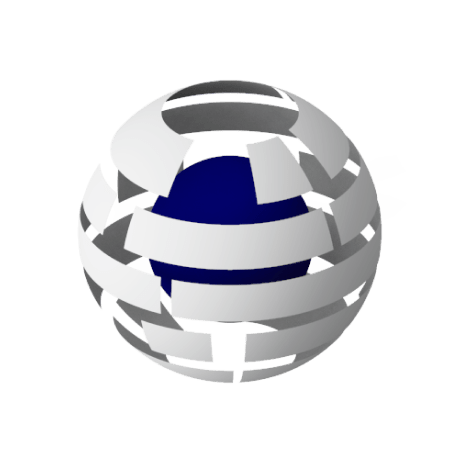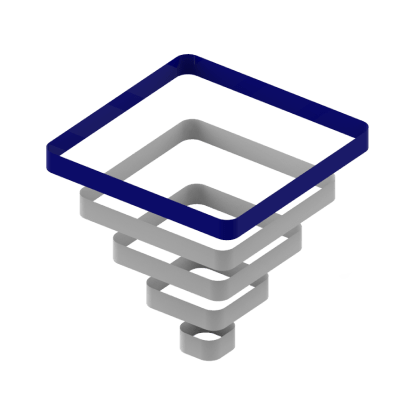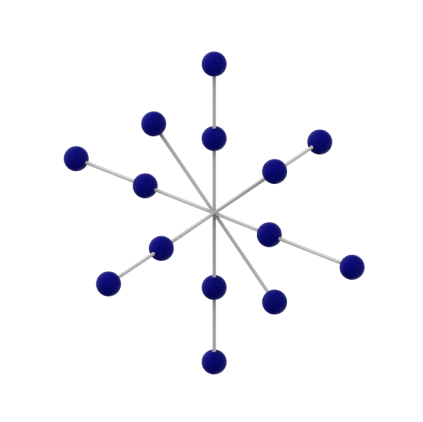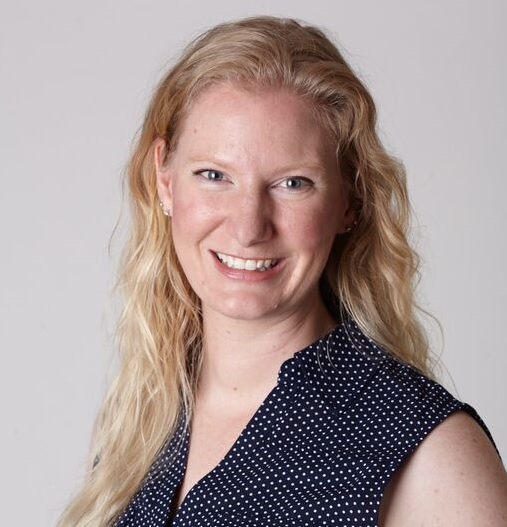Ciara Cates is the Lead Materials Developer at Patagonia, an American clothing company specialised in outdoor wear, sportswear and equipment. She has a long history with textiles and a keen interest in innovation which makes her the perfect speaker for BLUMORPHO’s Catch&Do Tank.
Patagonia tries to use its position to drive the change to circularity and spread it to other clothing companies to continue the trend. They keep in close contact with their consumers to inform them of their changes via their marketing teams. Patagonia is known for making durable clothing, they do not make fast fashion goods. More recently they have integrated circularity and reparability.
What keeps Ciara up at night?
Ciara is more focused on materials in sportswear and the challenges in sportswear can be found in the entire loop including function, materials origin, longevity, recyclability. Sports clothing has an added layer of functionality as the clothing must also last for a long time. Their main challenge is to remove the burden of circularity on the consumer on top of their usual questions when it comes to buying clothes.
What are the drivers for circularity in textiles?
The first driver has been the Covid-19 pandemic and it has raised the question of sustainability and circularity since resources have become limited globally. Various actors along the value chain have been running at reduced capacity limiting the access to raw materials and other resources. Companies are thinking about how we will run with a finite supply of materials in the future especially if the world is affected by another crisis. Circularity is an answer as it reuses what already exists as much as possible before using more resources.
Secondly, a pro-circularity regulatory framework as we see in Europe is also important to drive circularity as it pushes companies to reuse and recycle. She does also note that regulation needs to be backed by concrete solutions and the right technologies to make it happen.
Patagonia’s approach is to use materials that are as recyclable as possible. Unfortunately, the existing technology only recycles either one type of material or specific blends of materials. They would not build a product that uses a cotton-nylon-polyester blend because no recycler, globally, will take.
Another approach is they make products that are durable and repairable. They want their products to have a very long lifetime and part of this offer is done by helping their customers when they needed clothing repaired.
Patagonia also has a garment returns scheme as it is within their capacity. Ciara acknowledges that this is not possible for all clothing companies but she recommends companies to either find a partner to ensure the garment ends up with a recycler.
What does the circular economy mean for the textile/fashion industry?
In addition to selecting the right raw material inputs, the most important question for Ciara is how to keep material out for as long as possible. This includes situations in which a garment needs to be repaired or resold before getting recycled.
At Patagonia they have developed the One Wear platform which takes clothes for repair or resale for store credit. They also have rental programmes for expensive equipment like ski attire which is not used regularly. They also take in end-of-life clothing to get them to recyclers so the materials come back into the cycle.
Regarding buying locally, she admits that local communities do not necessarily have the resources to build different products. Ciara does encourage people to buy locally when it is possible but also informs those small businesses may not necessarily have the resources nor partnerships to ensure circularity. In reality, recyclers and circular companies for textiles are not necessarily available everywhere, so small businesses may have to look at sharing resources globally to become more circular and sustainable.
Does sustainability mean coming back to old habits?
Low quality, low-cost fast fashion helps a person to look good but what is key to driving circularity is keeping the core clothing items out for a long time and when done passing it on. Building sustainable apparel means slowing down the number of units made in the world to find the balance between the new items to be newly created versus the items that need to be kept or passed on.
What business models will enable the transition towards the circular economy
According to Ciara, it is critical for local companies to act on reselling, repair and reverse logistics because access to recycling tech partners that are few is not necessarily easy and it is good as it also helps reduce the volume recycling companies receive.
Patagonia addresses the circular business model by repairs in every region. For now, resale is only available in the US but they have ambitions to expand to other regions.
Regarding circular product design for modularity and repairability, for Ciara this is very key despite this kind of design being relatively undeveloped. It is a different way of thinking especially for designers who usually consider just the style and price of the final clothing. Circularity adds a new layer of complexity. It is important to understand that certain materials are used for a specific function, but there are not necessarily options to recycle that material.
Moreover, the question of scalability is very complex but there are certain examples that show promise! As we are in a circular model, the local or regional aspect of the process remains important for second-hand products. Reverse logistics in general is a complex process that manages high volume input despite a desire for a high-quality product. RentTheRunway has grown to be so profitable that they are going public. ThredUp is another rental platform that is also making strides for second-hand clothing. These are just two examples of circular businesses in rental and repair to model on.
What is a smart textile for you?
Patagonia focuses on the smart passive function, in other words functions in the garment that the consumer does not have to think about. An example she gives is of a t-shirt with embedded technology that stops it from smelling will get washed less. Similarly, a garment that is inherently warmer by way of technology will prevent a person from wearing several layers of clothing which would have them deteriorate more quickly.
A smart textile does not even have to have embedded technology or a passive function. If a tech platform can be used to repurpose a textile, for example from a fishnet to a garment, that can also be considered a form of smart textile.
Durability is very important to Patagonia, so even if some technologies are smart, they may not necessarily be sustainable yet as they may need to be discarded or replaced sooner rather than later. Patagonia usually has a criteria for at least 50 washes for everyday wear to be compatible with their sustainability criteria.
How to collaborate with Patagonia?
The opportunities to partner with Patagonia are very wide. Circularity, new technology, design efficiency to make the business more sustainable. Tin Shed Ventures is your point of entry to the group where you can be connected with the right person to start your journey with Patagonia.
















